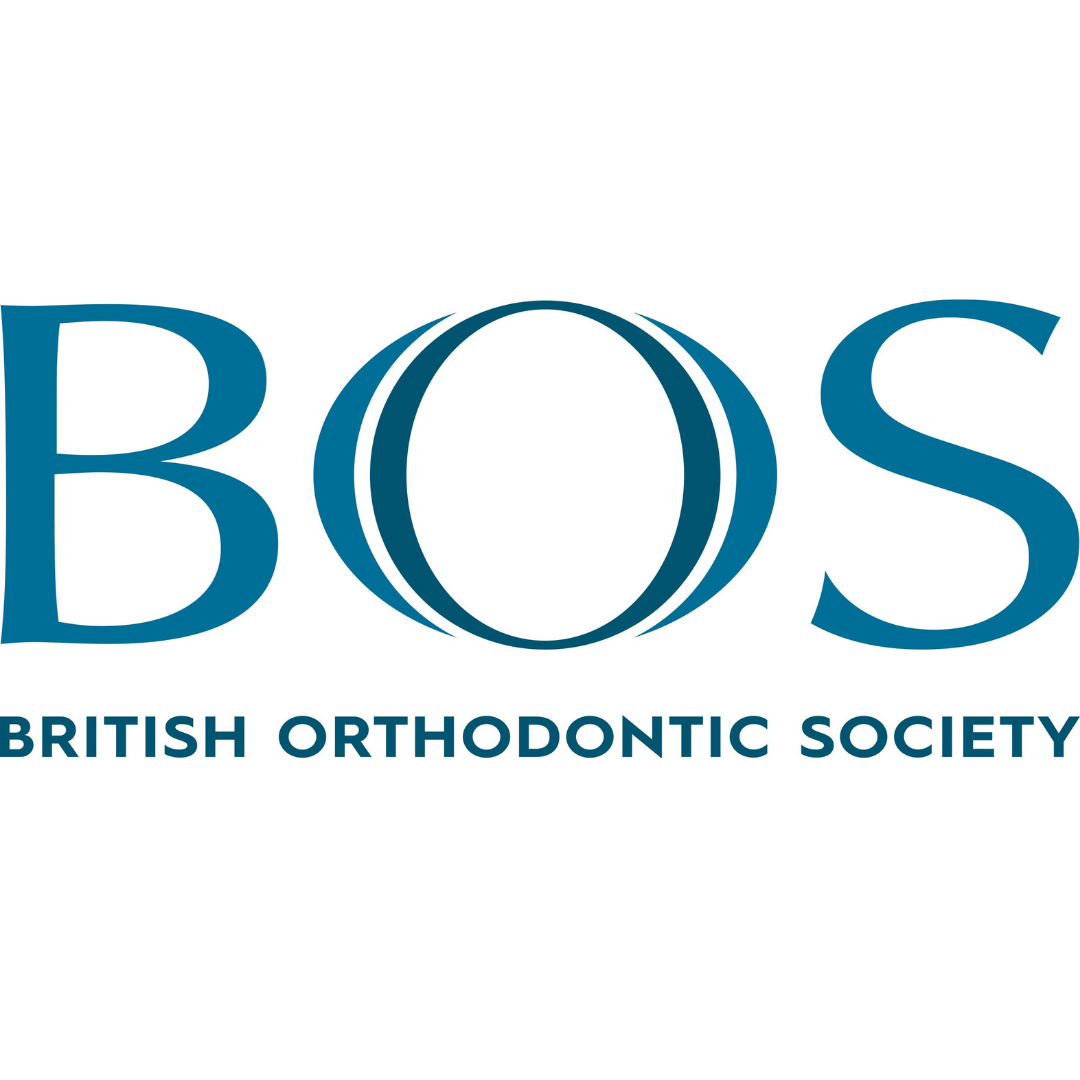BOS concerned regarding increased volume of non-urgent patients
NewsPosted by: Dental Design 14th January 2021

The British Orthodontic Society has published an open letter to the Secretary of State for Health, Matt Hancock, Chief Dental Officer for England, Sara Hurley and Ms. Gabi Darby, Interim Director of Primary Care Commissioning Transformation.
The letter can be found below and was accompanied with a covering text:
“The letter shares our concerns about the implications of the recent 7th Letter of Preparedness and associated guidance. In particular, we have reservations concerning the move to increase the volume of parents and patients attending practice settings to start what is considered essential but in the vast majority of cases non-urgent orthodontic care during this very acute phase of the pandemic.
This sits very uncomfortably alongside the national stance of discouraging non -essential travel and interaction and potentially puts patients, dental teams and the public at an increased risk.”
The letter reads:
Dear Secretary of State, Dr Hurley and Ms. Darby,
Thank you for your recent communications with the profession in the form of the 7th
letter of preparedness and supporting documentation. We are writing this open letter on behalf
of the British Orthodontic Society and orthodontic providers to express our concerns
surrounding the implication of these documents particularly given the context of the very acute
phase of the pandemic that we now find ourselves in and thus the risk that these guidelines may
pose to patients, orthodontic teams and the wider public.
Throughout the recovery phase of the pandemic so far, we have had the opportunity to
attend engagement meetings with representatives from NHS England and NHS Improvement
and these meetings have been very welcome. Whilst there was continued improvement both in
capacity but also the health threat posed by the pandemic, the desire on behalf of commissioners
to return to system of service delivery more closely aligned to a formal activity target was
understandable. However, the timing of the announcement on December 22nd came as
something of a surprise and the notice period regarding a change in contractual expectations
was particularly disappointing given that most orthodontic providers book their appointments
8 weeks in advance and so any change to service delivery presents huge logistical challenges.
There are also concerns surrounding the viability of the targets set, the methodology and data
used to set these targets as well as the proposed year end reconciliation process and lack of
increased flexibility to carry forward activity. This is a particularly important point given that
many providers will face increased challenges to delivering targets such as increased levels of
staff absence due to isolation and shielding, increased patient cancellations and challenges in
getting adjunctive work carried out such as dental extractions which are often necessary prior
to starting treatment. It is disappointing that much of the discussion and associated work carried
out by the teams involved in the engagement meetings and subsequent negotiations was not
reflected in the guidance when it was published.
However, these concerns aside for now, perhaps our biggest concern of all surrounds
the appropriateness of the guidance and how it sits alongside the national measures in place at
present to encourage the nation to stay indoors and avoid unnecessary travel or social
interaction. We appreciate that attendance for medical and dental appointments is permissible
and this is welcome with respect to emergency, urgent and other high priority care. From an
orthodontic perspective, this allows providers to continue to provide emergency care and also
importantly to continue ongoing care on patients with active appliances. Without appropriate
supervision, such appliances can lead to harm and treatment outcomes could be compromised.
This active supervision is considered high priority and constitutes the majority of clinical time
within an orthodontic setting. As a proportion of clinical time this has increased further as a
result of working safely within the scope of the standard operating procedure. However, despite
there being a demonstrable health need for orthodontic treatment in NHS funded cases, it is
hard to argue that in the vast majority of cases it is urgent for treatment to start during what is
widely regarded as the most dangerous phase of the pandemic to date, especially with
transmission of the new Covid variant.
Introducing these targets with a view to increasing the number of cases being started
will increase the number of patients and parents attending a practice and increase the overall
caseload in treatment for almost all practices. Despite a proven track record of high standards
of cross infection over many years, this increase in travel, social interaction, footfall and
congestion within practice settings will inevitably contribute to increased transmission
ultimately increasing risk to the general public and put increased pressure on the NHS.
With these concerns in mind, we would ask for urgent consideration as to whether
increasing targets for new orthodontic case starts for non-urgent care during Q4 is a responsible
course of action for NHS England and NHS Improvement to pursue given the inevitable risk it
brings to patients, dental teams and the public?
Yours sincerely,
Dr Anshu Sood, Director of Clinical Practice, British Orthodontic Society
Dr Richard Jones, Chair, Orthodontic Specialists Group, British Orthodontic Society









